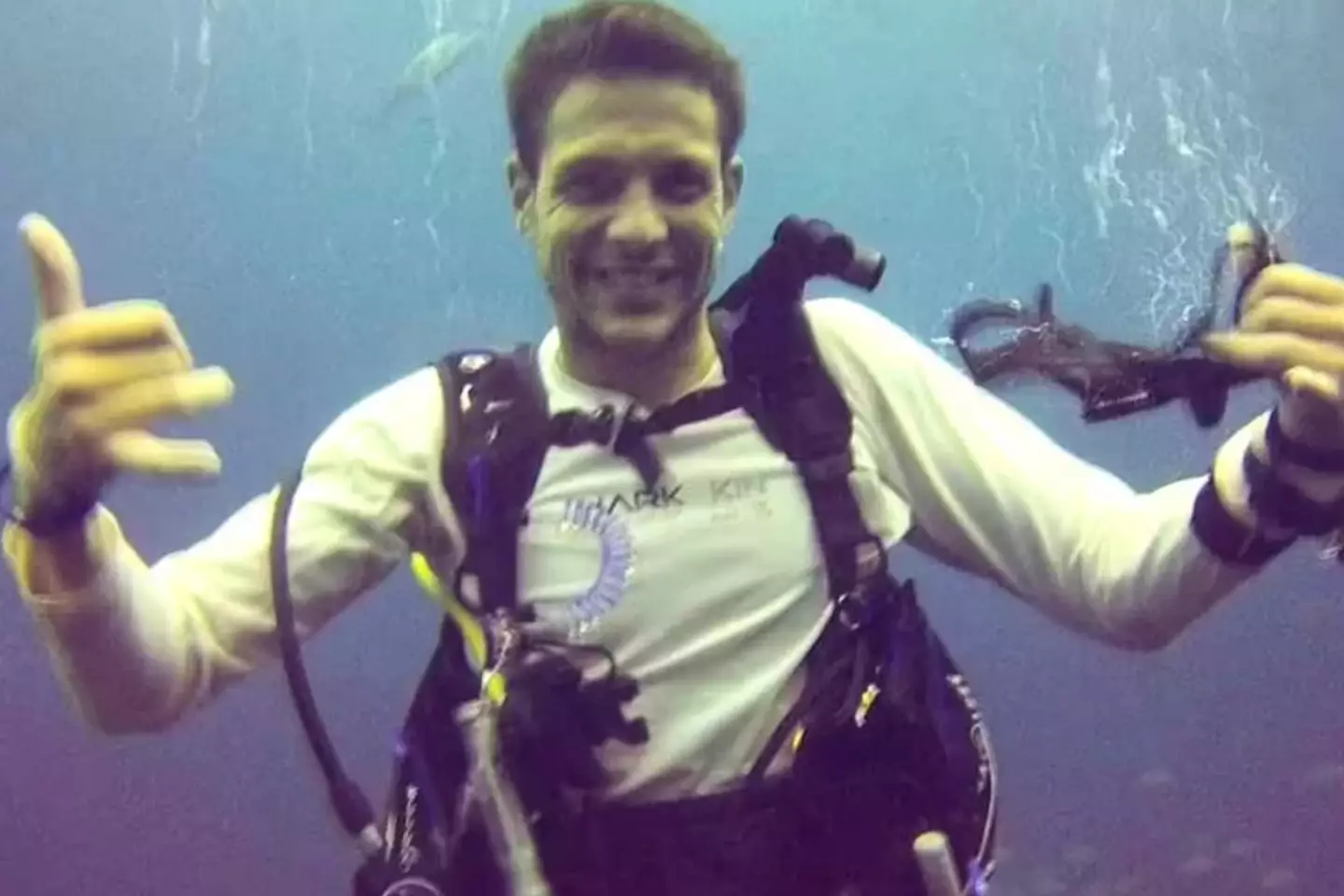
An expert may finally have the reason behind the death of a Brit who was killed by a great white shark in 2022.
Simon Nellist was swimming off the coast of Sydney, Australia in February 2022 before he was mauled by a 4.5 metre shark.
Unfortunately, the 35-year-old Brit died from his injuries, though according to a report from The International Shark Attack File, it was classified it as a 'provoked incident'.
Advert
Reports since the incident suggest that the shark would have been attracted to the area due to people fishing from the shore cliffs.
As the first major fatal shark attack in Sydney for over 60 years, mystery has surrounded the incident as many have tried to uncover a reason why it happened.
One theory was to do with the dark wetsuit Nellist wore, which could have confused the shark into thinking that he was a seal.
But it looks like an expert has stepped in and provided a new theory that all in all, is quite sad, that may have caused the death of the Cornwall-born Nellist.

Director of Anglesea Sea Zoo in Wales, Frankie Hobro, labelled the attack as "undoubtedly a case of mistaken identity".
Advert
Speaking to the Daily Star, she said: "Sharks do not see humans as food and they do not hunt people down to eat them, so the vast majority of shark attacks are down to mistaken identity. The remaining ones are due to defensive or territorial reactions when sharks are (often unwittingly) provoked."
She also explained that great white sharks look for 'fat-rich mammals' such as seals, which is why it is no coincidence that 'great white shark hotspots worldwide are often associated with an abundance of seals or sea lions'.
Hobro continued: "A human on the surface - when seen through a ‘shark-eye’ view from below in silhouette against the bright sky above - looks a lot like a seal, especially when wearing a wetsuit, and just as much so when on a surf board or body board with arms and or legs hanging off.
"The splashing behaviour while swimming makes a human look even more like a seal and a hungry shark, which is actively looking for food, will make an instinctive and split-second decision to go for the prey quickly and from below when it spots it."
Advert
She hauntingly explained that the shark will realise after just one bite that the texture of a human would not be 'desirable', and would 'spit out' after the initial seizure.

But even though they do not continue to bite, great white sharks have such powerful and vicious teeth that just the initial bite can prove fatal because of 'blood loss and shock'.
As she has also dived with sharks several times before, she highlighted that attacks are 'extemely rare' with sharks being given a 'very bad press'.
Advert
Hobro pointed out the probability of being attacked, saying just five shark-caused deaths happen each year: "You’re over a hundred times more likely to be killed by lightening, and thousands of times more likely to be killed by a hippo or a bee sting than a shark.
"It is also important to ensure people are not irrationally scared of sharks and that they respect them and understand they are an important part of the marine ecosystem.
"Tens of millions of sharks every year are persecuted by humans and a better understanding of these incredible animals is essential in order to prevent detrimental interactions with humans and for the sharks themselves, and in order to protect the balance of our marine food web." She concluded.
Featured Image Credit: Facebook/Simon NellistTopics: Australia, News, Animals, Shark Attacks